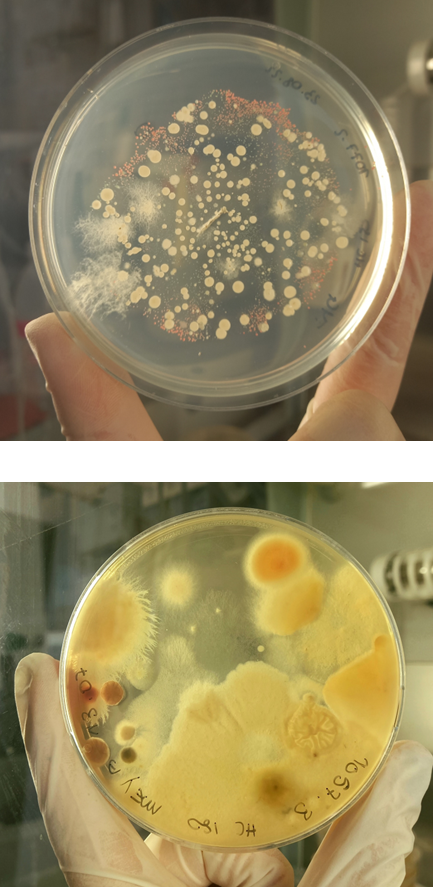Elena Gallina
Research interests
Plants and microorganisms have been associating with each other for mutual benefit. Plant Growth-Promoting Microorganisms (PGPM) are a significant part of the plant co-evolved microbiota, that enhance plant growth and nutrient efficiency. Arbuscular Mycorrhizal Fungi (AMF) are PGPM that form an obligate symbiotic association with plant roots, the Arbuscular Mycorrhizal Symbiosis (AMS). Within the AMS, the plant host supports the fungal partner with carbohydrates and lipids. In exchange, AMF provides the plant host with phosphorus in the form of orthophosphate (Pi) through the Mycorrhizal Phosphate Uptake (MPU) pathway. Although is well known that the tripartite interaction between plant-AMF-microorganisms influences plant performance, the underlying molecular mechanisms and ecological roles of this cooperation are still poorly understood.
Our hypothesis is that genotypic differences in the maize Pi uptake pathway impact the formation of the mycorrhizosphere microbiome, which will in turn impact maize performance.
In my project plant growth-promoting (and growth-repressing) microbial communities will be established through the Host-Mediated Microbial Engineering (HMME) approach. Maize wild type (B73) and mutant (pht1;6) impaired in the ability to uptake orthophosphate (Pi) through the Mycorrhizal Phosphorus Uptake pathway (MPU) will be grown under the same controlled environmental conditions. Pre-germinated and sterilized maize seeds will be inoculated each generation with the rhizospheric microbial communities from the best and worst performing plants from the previous growth cycle. To analyze the development of host-mediated microbial taxa dynamics over multiple generations, phylogenetic and taxonomic diversity based on 16S rRNA and ITS2 sequence will be assessed. Then, co-occurrence network analyses will be applied to infer interactions and detect possible keystone species correlated with the host-plant phenotype. Candidate keystone species assessed through network analyses will serve as a basis to formulate SynCom in order to confirm the stability and functionality of the consortia generated with the HMME method and to gain mechanistic insight into the function of the different guilds in the arbuscular mycorrhizal symbiosis.

